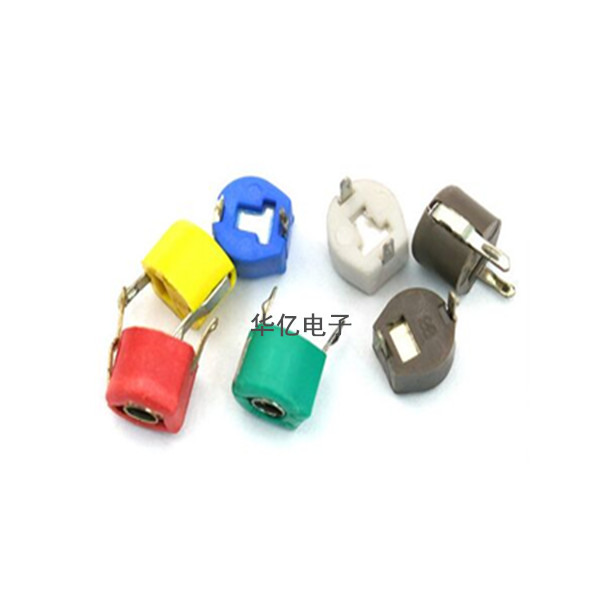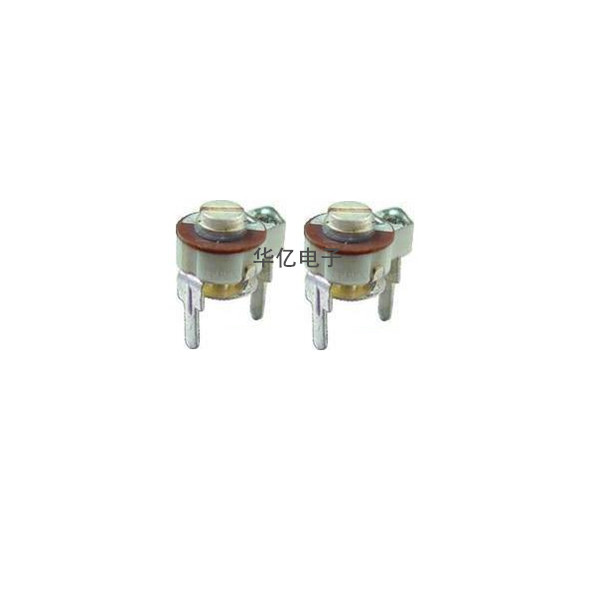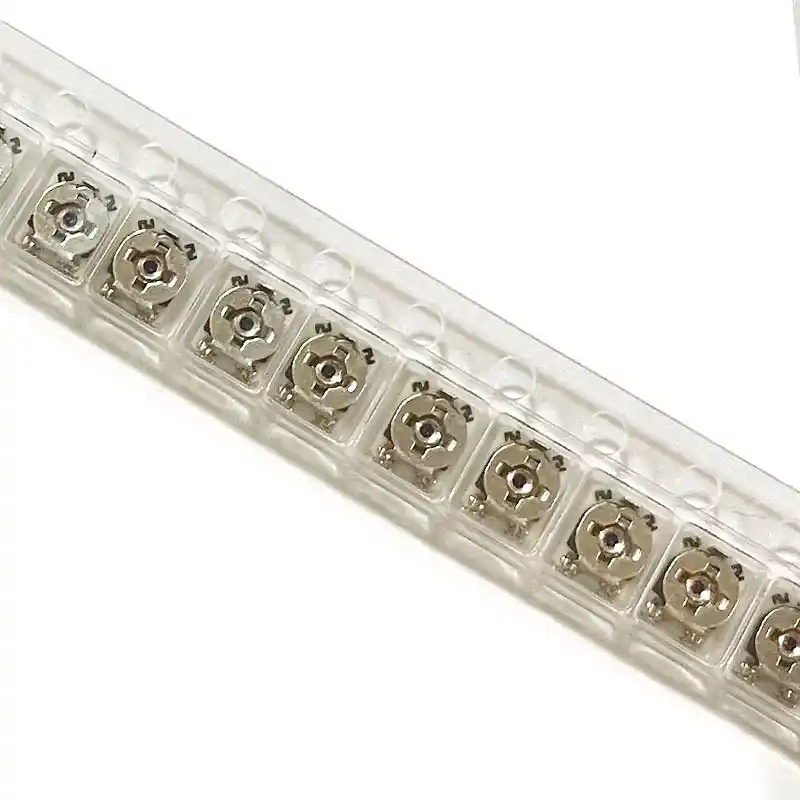How to measure adjustable resistors
Huayi News and Industry Trends
View:794
Update:2025/1/20 13:41:51
The method of measuring adjustable resistance mainly includes the following steps:
1. Appearance inspection: Firstly, inspect the appearance of the adjustable resistor to see if there are any obvious signs of damage such as burning, damage, or cracks.
2. Resistance measurement: Use the resistance range of a multimeter to measure the resistance value between two fixed terminals. This value should be the maximum resistance value of the adjustable resistor. Then contact the probe of the multimeter with a fixed end and a movable end respectively, and measure the resistance value between these two points. Slowly adjust the adjustable resistor and observe whether the change in resistance value is continuous and uniform. If the resistance value suddenly jumps or is discontinuous during the adjustment process, it may indicate that the adjustable resistor is damaged.
3. Continuity test: Use the diode or continuity test gear of a multimeter to check the continuity between the three pins of the adjustable resistor. Usually, the two fixed ends should be continuous, while the movable end should be disconnected from the two fixed ends at certain positions.
4. Power test: If possible, install an adjustable resistor into the circuit and provide power. By adjusting the adjustable resistor, observe whether the reaction in the circuit meets expectations. For example, if an adjustable resistor is used to adjust the brightness of an LED light, the brightness of the LED light should change accordingly during adjustment.
5. Replacement test: If you suspect that the adjustable resistor is damaged, you can try replacing it with a known good adjustable resistor to see if the circuit returns to normal operation. This can help confirm whether the problem lies with the adjustable resistor.
6. Professional equipment testing: For more accurate testing, professional electronic testing equipment such as LCR meters can be used to measure the resistance value, inductance, and capacitance characteristics of adjustable resistors.
Common faults and detection methods of adjustable resistors:
1. If the resistance between the moving piece and any fixed piece is measured to be 0 ohms, it should be checked whether the moving piece has rotated to the endpoint on one side of the measured piece. Otherwise, it is considered that the adjustable resistor is damaged (excluding the influence of external circuits during road measurement).
2. If the resistance between the moving piece and any fixed piece is greater than the nominal resistance, it indicates that the adjustable resistor has an open circuit fault.
3. If the resistance value between the moving piece and a certain fixed piece is less than the nominal resistance value, it does not indicate that the adjustable resistor has been damaged, but rather depends on the position of the moving piece at this time.
4. When disconnecting the measurement, the appropriate range of the multimeter ohm range can be used. One meter rod is connected to the moving piece, and the other meter rod is connected to a certain fixed piece. Then, use a Phillips screwdriver to slowly rotate the moving piece clockwise or counterclockwise. At this time, the meter needle should continuously change from 0 ohms to the nominal resistance value. The same method should be used to measure the change in resistance between another stator and rotor, and the measurement method and test results should be the same.







